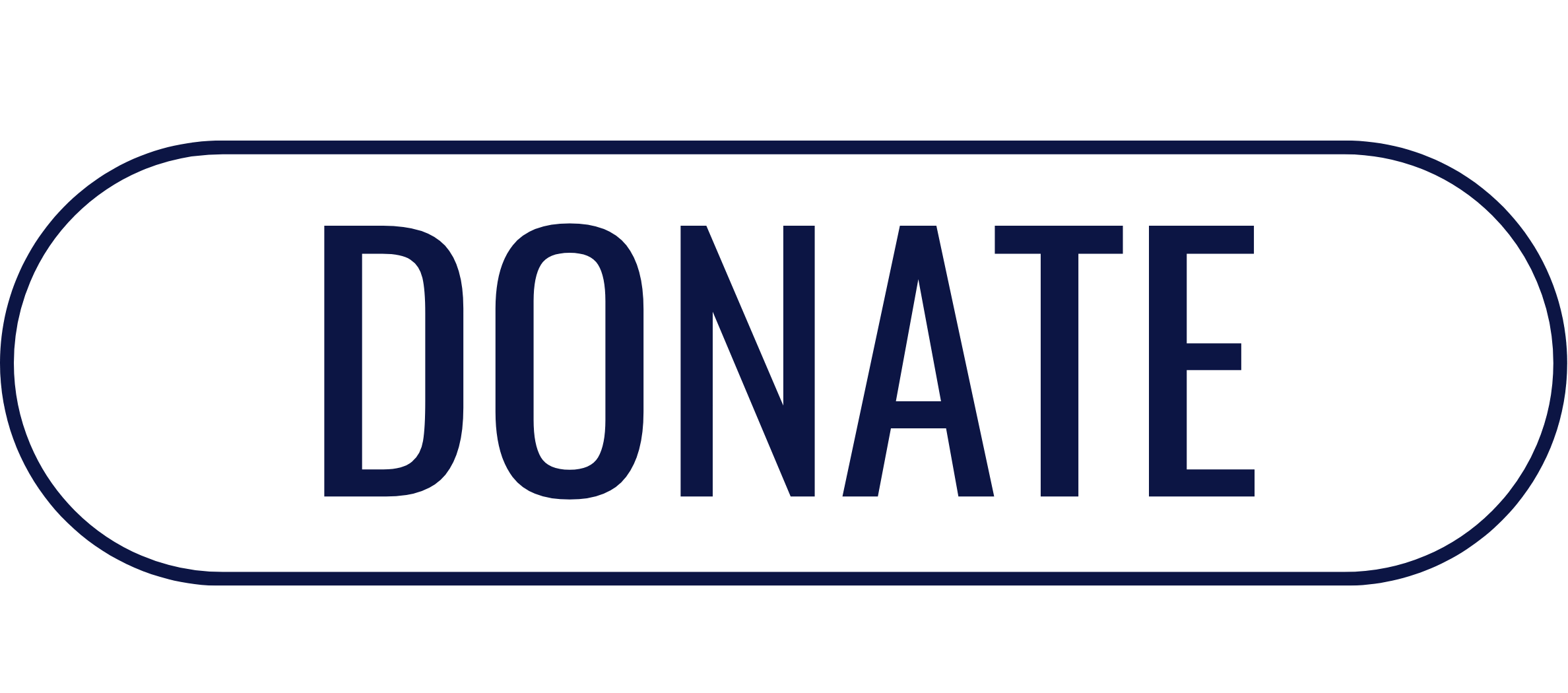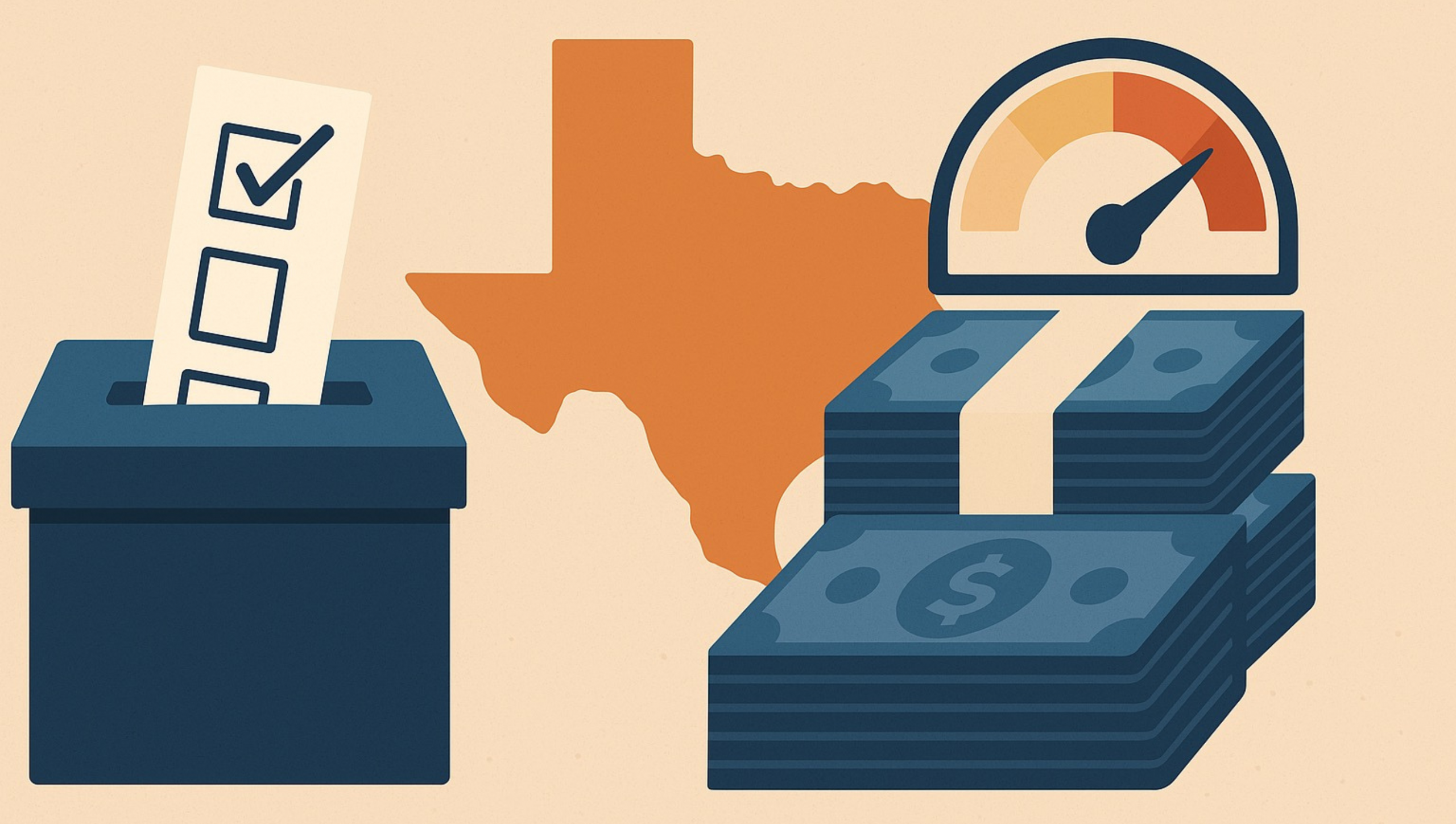This commentary was originally published at VanceGinn.com here. It is being republished with permission from the author.
Overview
Despite increases in public education expenditures with taxpayer money in Texas, student performance is flat or declining. Texas is falling behind thriving states that offer educational choice as part of the school choice revolution, in which more than ten states have or nearly have universal ESAs.
Economist Milton Friedman, who championed school choice well before it became popular, famously said, “The only solution is to break the monopoly, introduce competition, and give the customers alternatives.” Texas can follow this optimistic vision to improve student learning and outcomes, increase teacher pay, and advance parent empowerment from universal ESAs by passing the “Texas approach,” as said by Public Education Chairman Brad Buckley, in the next session. This approach should build on what has worked well in other states rather than starting from scratch to make it universal for every child now.
Why Universal ESAs?
1. Students and Texas are Falling Behind
- While Texas has historically been a leader in many areas, we are now trailing behind 12 other states that have complete or near-universal school choice with ESAs. These states, including Arizona, Arkansas, Florida, Louisiana, West Virginia, and more, have recognized the power of school choice in driving educational improvement. If Texas does not act swiftly, we risk falling further behind as other states benefit from a competitive education system that empowers parents, students, and teachers.
- The outcomes of standardized tests (STAAR and NAEP), though flawed in many ways, indicate that performance over time either stays the same or worsens.
- Despite large increases in funding (see below), student performance is flat or declining, according to the Texas Education Agency’s (TEA) STAAR scores in Texas (see Table 1).
- The National Assessment of Educational Progress (NAEP) scores show that only 24% of Texas 8th graders are at or above proficient for grade level in mathematics (the lowest since 2000) and 23% in reading (the lowest since at least 1999).
- The current system is failing our students and placing an unnecessary financial burden on taxpayers. However, the ultimate accountability factor is parents, who should be in charge instead of politicians and unelected bureaucrats.
2. Excessive and Inefficient Funding of Public Education
- Regarding the total budget, Texas increased appropriations from major funding sources by a record amount in the last session. Unlike the LBB’s reporting in the Fiscal Size-Up, this results from my consistent two-year budget comparison of 2022-23 initial appropriations to 2024-25 initial appropriations.
- Comparing estimated/budgeted in 2022-23 to appropriated in 2024-25, as the LBB does, is informative but incomplete. The 2022-23 total amounts include initial appropriations in the General Appropriations Act in 2021, supplemental appropriations in 2023, and other expenditures, whereas the latter two amounts are yet to be available for 2024-25 and will likely increase.
- Table 2 shows general revenue funds increased by 21.2%, state funds by 32%, and all funds (including state and federal funds that are all taxpayer money) by 21.5% from the previous budget cycle, which are all historic increases.
- Regarding public education, the Legislature increased taxpayer funding by $20.3 billion or 33.3% in state funds and by $20.7 billion or 28.6% in all funds (see Table 3). While $12.7 billion in state funds was used to provide new tax relief from school district property taxes, the state provided about $7 billion more to public education.
- Despite this historic budget increase for public education, the monopoly government school system remains riddled with inefficiencies, and the return on these expenditures is highly questionable. For example, less than 20% of classroom expenditures directly fund teachers.
- Specifically, the average of roughly $17,000 per student going into a classroom of 20 students is $340,000, but teachers receive less than 20% of it for a 10-month $60,000 salary, on average. The rest goes to the non-teaching administrative staff surge primarily to deal with federal, state, and local requirements, including taking standardized tests with questionable results because the ultimate accountability factor of a child’s education is parents.
3. Public Support for School Choice and Fiscal Responsibility
- Public support for school choice is robust across multiple surveys. Also, consider the results of the Republican primary elections. The time to act is now.
- The path forward should include the Texas Legislature passing a universal ESA bill next session, establishing universal ESAs for all Texas families.
- The approach should use what works well in other states to streamline and start the program quickly for every student.
- More taxpayer money should not be spent on public education unless outcomes improve, school district debt should be reduced, more money should go to teachers over administrators, and superintendent pay and other excesses should be changed.
- Public schools would not get less funding unless they are not competitive and parents choose to send their kids elsewhere. Why would some assume public schools cannot compete and thus get less funding?
- The path forward should include a simplified school finance system based on ESAs funding public, private, home, co-op, charter, and other schooling options.
- Texas could move from spending about $17,000 for each of the 5.5 million students, or $93 billion per year, on public education today to a fully funded ESA model with $12,000 for each of the 6.3 million school-age kids, or $75 billion per year.
- This improved school finance system could save Texans $18 billion annually. The excessive taxpayer money collected should be returned to taxpayers by reducing school district M&O property tax rates for a path to elimination.
4. Overwhelming Evidence of Success
- The evidence favoring universal school choice is compelling. Studies consistently find outcomes improve when parents can choose the best educational environment for their children. Table 3 from the University of Arkansas shows how this includes improvements at public schools from competitive pressure.
- Better Outcomes: Out of 18 academic publications then, 12 (67%) found all or some students had improved outcomes, four found no effects, and two found negative effects (based on a limited choice program in Louisiana–but the Louisiana Legislature passed universal school choice this year so should have improvements soon).
- Better Teacher Pay: While public school districts employ about 90% of Texas teachers, teachers have little bargaining power under the current monopsony system. The introduction of ESAs would create a more competitive labor market, allowing teachers to negotiate better salaries and working conditions. ESAs could lead to an average salary increase of $14,000 per year more for teachers, with some seeing as much as $28,000 per year more.
- Better Economy: Research indicates that increasing school choice improves educational quality, reduces dropout rates, and improves labor market outcomes. School choice supports higher property values, spurs job creation, and provides better matches between students and their educational needs, leading to a more robust and adaptable workforce.
Conclusion
Texas must lead in the race for educational excellence. The evidence is clear: universal Education Savings Accounts will improve educational outcomes, increase economic opportunity, and provide the competitive edge that our state needs. Texas should pass a universal ESA bill so kids in Texas can access a high-quality education tailored to their unique needs. This is an educational reform and a commitment to Texas’s future. We can fully fund students with ESAs, who can use them to attend public or other types of schooling, spend less money and pay lower taxes, and improve outcomes and teacher pay through universal school choice.
Table 1. Texas’ 2024 STAAR 3-8th Grade Results
Table 2: Texas Budget Comparison by Article in General Revenue (in Millions)
Table 3. Overview of Results from 18 Studies on School Choice
Vance Ginn, Ph.D., is a leading economist and advocate for free-market principles and fiscal conservatism, shaping policies across the U.S. through his work with 15 think tanks. As the founder and president of Ginn Economic Consulting and host of the Let People Prosper Show podcast, Dr. Ginn provides high-impact economic consulting and dives deep into pressing issues with top influencers. With experience as the associate director for economic policy at the White House’s Office of Management and Budget and chief economist at the Texas Public Policy Foundation, his insights are frequently featured in major media outlets. Residing with his family in Round Rock, Texas, Dr. Ginn champions policies promoting economic freedom and prosperity. Find out more about Dr. Ginn at vanceginn.com, subscribe to his newsletter at vanceginn.substack.com, and follow him on X.com at @vanceginn.
Texans for Fiscal Responsibility relies on the support of private donors across the Lone Star State in order to promote fiscal responsibility and pro-taxpayer government in Texas. Please consider supporting our efforts! Thank you!
Get The Fiscal Note, our free weekly roll-up on all the current events that could impact your wallet. Subscribe today!




